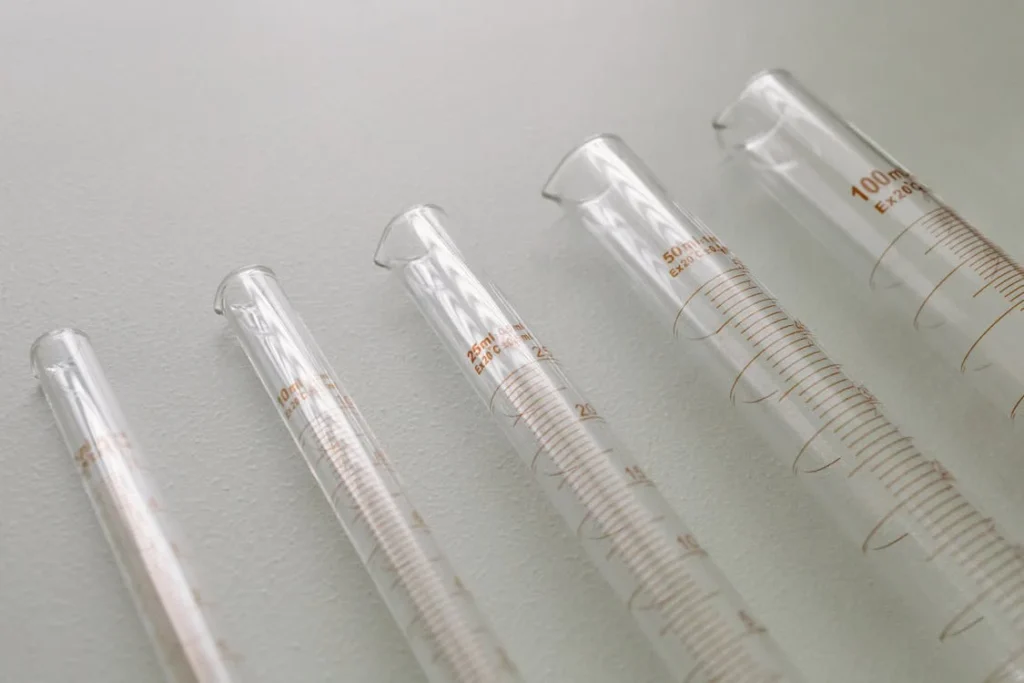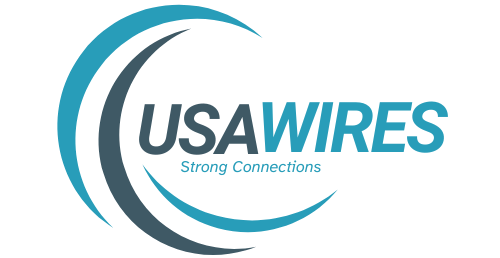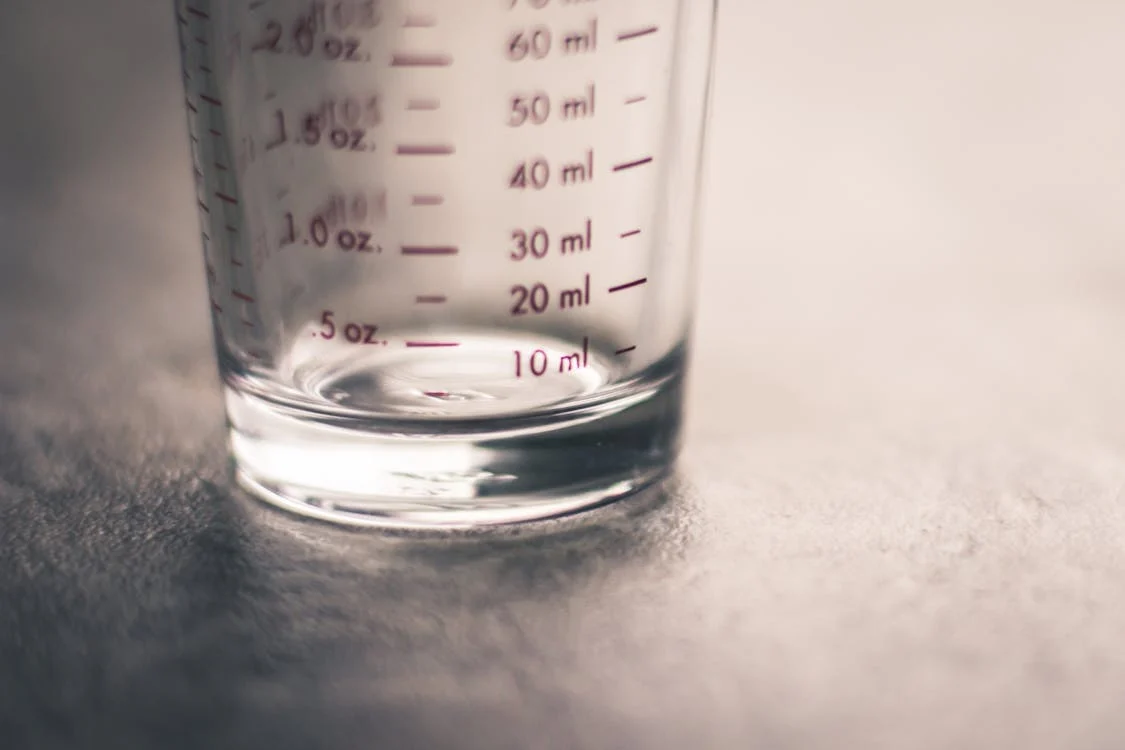Introduction
In the field of pharmacy, precise dosage calculations are critical for patient safety. One of the key skills pharmacists need to master is converting between different units of measurement, especially when dealing with medications. For those preparing for the North American Pharmacist Licensure Examination (NAPLEX), understanding how to convert milliliters (mL) to ounces (oz) and knowing when and how to round appropriately is an important topic. The NAPLEX covers a broad range of calculations that require accuracy, and conversion between units like milliliters and ounces is a fundamental skill that must be thoroughly understood.
In this article, we will discuss the basics of unit conversion between milliliters (mL) and ounces (oz), explain the concept of rounding in these conversions, and highlight its importance in pharmacy practice. We’ll also provide practical examples relevant to the NAPLEX exam, and explore some common challenges that arise in making these calculations. By the end, you’ll have a comprehensive understanding of how to manage unit conversions, specifically focusing on rounding, to ensure accurate medication dosing.
Understanding the Basics: mL and Ounces
Before diving into rounding and conversion strategies, it’s important to understand the relationship between milliliters (mL) and ounces (oz). These two units are commonly used in medical settings to measure liquid volumes.
- Milliliters (mL): The milliliter is a metric unit of volume, commonly used to measure liquid medications. It’s based on the metric system, which is the international standard for scientific measurements.
- Ounces (oz): The ounce is a unit of volume used primarily in the United States and a few other countries. In pharmacy, when we talk about ounces, we are usually referring to the fluid ounce (fl oz), which is a measure of liquid volume.
One ounce equals approximately 29.5735 milliliters. For ease of calculations in pharmacy, this is often rounded to 30 mL per ounce. This simplification is helpful in real-world practice, especially when making quick estimations, but it’s important to know the precise conversion for more accurate measurements.
Importance of Unit Conversion in Pharmacy
Accurate dosage calculation is a cornerstone of pharmacy practice. Medication doses are often prescribed in different units than what is available or familiar, so pharmacists must be proficient in converting between units. For example, a doctor may prescribe a dose in milliliters, but the medication may be dispensed in ounces. Alternatively, a medication could be administered via a syringe calibrated in milliliters, but the prescription might list the dosage in ounces.
Errors in unit conversion can lead to dosing mistakes, which can have serious consequences for patients. This is why it is crucial for pharmacy students, particularly those studying for the NAPLEX exam, to thoroughly understand how to convert between milliliters and ounces and how to apply proper rounding rules.
Conversion Formula: mL to Ounces
To convert milliliters to ounces, the basic formula is:Ounces (oz)=Milliliters (mL)29.5735\text{Ounces (oz)} = \frac{\text{Milliliters (mL)}}{29.5735}Ounces (oz)=29.5735Milliliters (mL)
For example, if you have 100 mL of a liquid, you can convert it to ounces using the following calculation:Ounces (oz)=100 mL29.5735≈3.38 oz\text{Ounces (oz)} = \frac{100 \, \text{mL}}{29.5735} \approx 3.38 \, \text{oz}Ounces (oz)=29.5735100mL≈3.38oz
In many cases, however, rounding this value to a simpler figure like 3.4 oz might be appropriate, depending on the context.

The Concept of Rounding in Pharmacy Calculations
Rounding is a practical tool used in pharmacy to simplify complex numbers without sacrificing accuracy in a clinically meaningful way. When converting units for drug dosing, it’s often necessary to round to an appropriate number of decimal places to ensure that the dosage can be measured and administered accurately.
Common Rounding Rules:
- For numbers ending in 5 or higher, round up.
- Example: 3.675 rounds to 3.68.
- For numbers ending in 4 or lower, round down.
- Example: 3.674 rounds to 3.67.
When rounding for medication dosages, the level of precision depends on the clinical setting. For instance, if a dosage is prescribed in milliliters and must be administered using a syringe, rounding to the nearest tenth of a milliliter is often appropriate. In other cases, such as when measuring out large volumes for compounding medications, rounding to the nearest whole number may be more suitable.
Rounding in Conversions: Applying the 30 mL per Ounce Rule
In practice, the precise conversion factor of 1 ounce = 29.5735 mL is often rounded to 1 ounce = 30 mL. This simplification makes calculations faster and easier, especially in clinical settings where quick decisions are required. For example:
- A prescription may state a dose of 60 mL. Using the simplified conversion (30 mL per ounce), you can quickly determine that this equals 2 ounces.
- If you need to convert 1.5 ounces to milliliters, you can multiply by 30:1.5 oz×30 mL/oz=45 mL1.5 \, \text{oz} \times 30 \, \text{mL/oz} = 45 \, \text{mL}1.5oz×30mL/oz=45mL
While the simplified conversion is not as precise as using the actual conversion factor, it is accurate enough for most medical purposes.
NAPLEX Exam and Conversion Calculations
For the NAPLEX exam, you will need to be comfortable with both precise and approximate conversions, as well as rounding techniques. Let’s explore a few examples that may be similar to what you encounter on the exam.
Example 1: Convert 150 mL to ounces
Using the precise conversion factor:Ounces=150 mL29.5735≈5.07 oz\text{Ounces} = \frac{150 \, \text{mL}}{29.5735} \approx 5.07 \, \text{oz}Ounces=29.5735150mL≈5.07oz
For practical purposes, this might be rounded to 5.1 oz, especially in a setting where measuring tenths of an ounce is manageable.
Example 2: Convert 2 ounces to milliliters
Using the approximate conversion (1 ounce = 30 mL):2 oz×30 mL/oz=60 mL2 \, \text{oz} \times 30 \, \text{mL/oz} = 60 \, \text{mL}2oz×30mL/oz=60mL
Alternatively, using the precise conversion factor (1 ounce = 29.5735 mL):2 oz×29.5735 mL/oz≈59.15 mL2 \, \text{oz} \times 29.5735 \, \text{mL/oz} \approx 59.15 \, \text{mL}2oz×29.5735mL/oz≈59.15mL
In this case, rounding to 59 mL is appropriate.
Common Challenges in Unit Conversion and Rounding
While unit conversions are fundamental in pharmacy, they can sometimes lead to confusion, especially when different rounding rules are applied. Here are a few challenges that pharmacy students and professionals often face:
1. Over-Rounding
Over-rounding occurs when too much precision is lost due to rounding. For example, rounding a dosage to the nearest whole number when a higher degree of accuracy is needed can lead to dosing errors. It’s important to follow the appropriate rounding rules based on the situation.
2. Under-Rounding
Under-rounding, or not rounding enough, can also cause issues, particularly when a higher degree of precision isn’t practical. For instance, trying to measure a dosage like 3.5762 mL when only tenths of a milliliter can be accurately measured could lead to errors. In such cases, rounding to 3.6 mL is more appropriate.
3. Misunderstanding the Context
Rounding rules may vary depending on the clinical context. In some cases, rounding to the nearest whole number is acceptable, while in other situations, rounding to a decimal point is necessary. For example, a dosage of 1.98 mL may be rounded to 2 mL if measured using a syringe that doesn’t allow for greater precision.
Practical Tips for NAPLEX Exam Preparation
To succeed on the NAPLEX exam, particularly in the calculations section, it’s essential to practice unit conversions and rounding regularly. Here are some tips to help you prepare:
- Memorize Key Conversion Factors: Know the basic conversions, such as 1 ounce = 29.5735 mL (or rounded to 30 mL for practical purposes).
- Practice Rounding: Work on rounding numbers to the nearest tenth or hundredth, depending on the context of the question.
- Understand the Clinical Context: Always consider the context of the calculation. Is a higher degree of precision required, or is rounding to a simpler figure more practical?
- Use Practice Problems: Solve as many practice problems as possible to build your confidence in converting units and applying rounding rules under timed conditions.
- Stay Calm: The NAPLEX exam tests your ability to think critically and apply knowledge. Familiarize yourself with different types of conversion questions, so you don’t feel overwhelmed.
Conclusion
Mastering unit conversions and rounding is a critical skill for pharmacists, as it ensures accurate dosing and medication safety. For those preparing for the NAPLEX exam, understanding how to convert between milliliters and ounces is essential. Rounding, when done correctly, can make these conversions more practical without sacrificing accuracy.
By practicing these skills and staying mindful of the clinical context, you can avoid common mistakes and ensure that your dosing calculations are accurate and appropriate. Whether you’re preparing for the NAPLEX or working in a clinical setting, being proficient in these calculations will help you provide safe and effective care for your patients.

